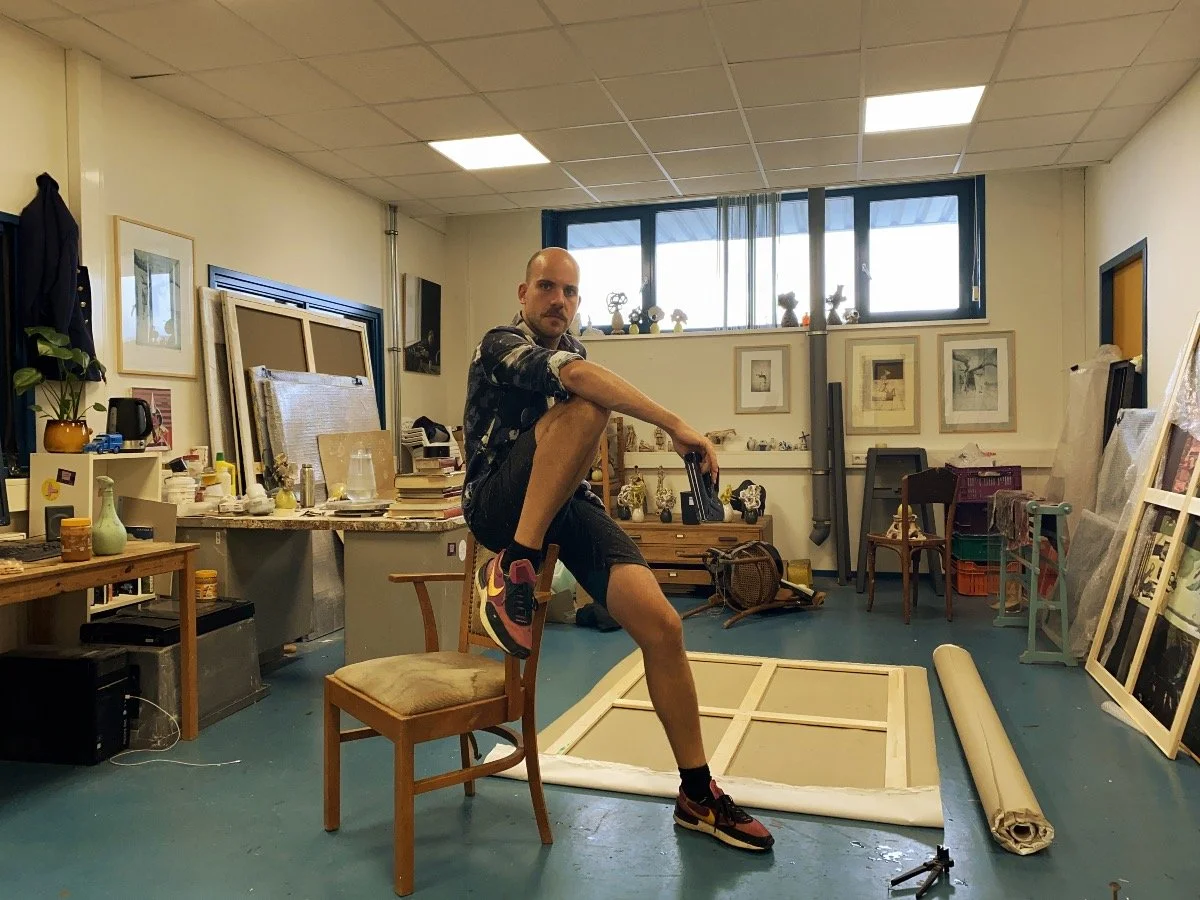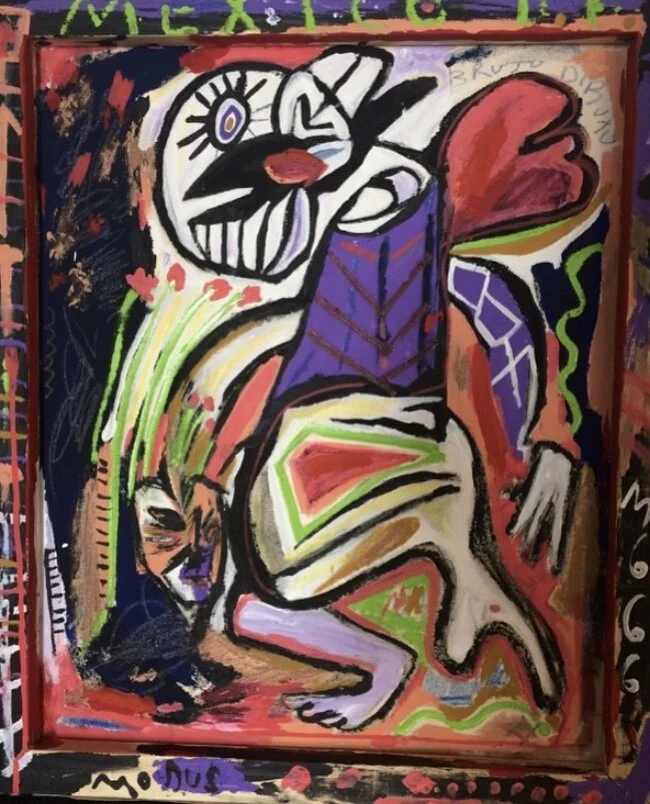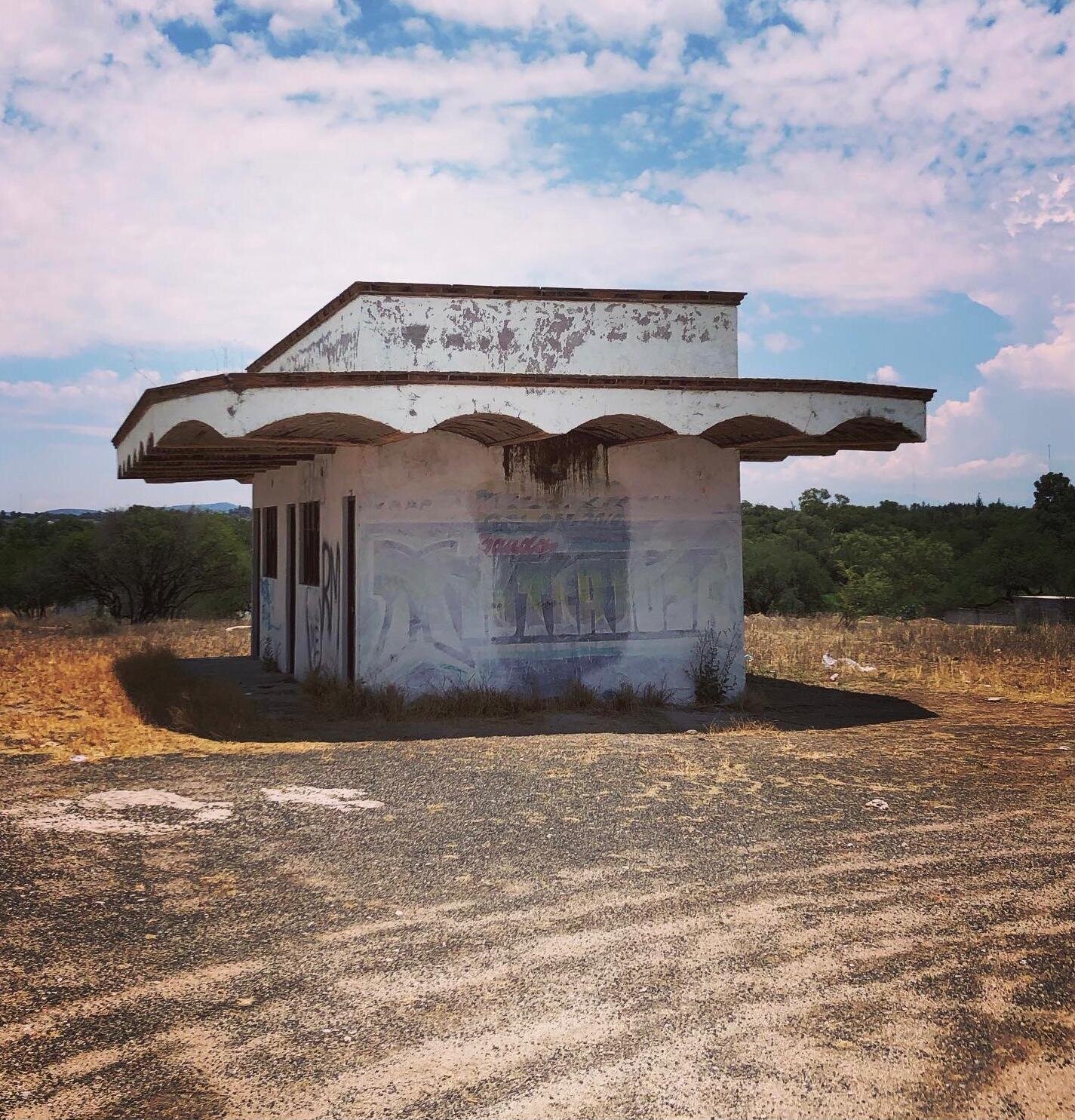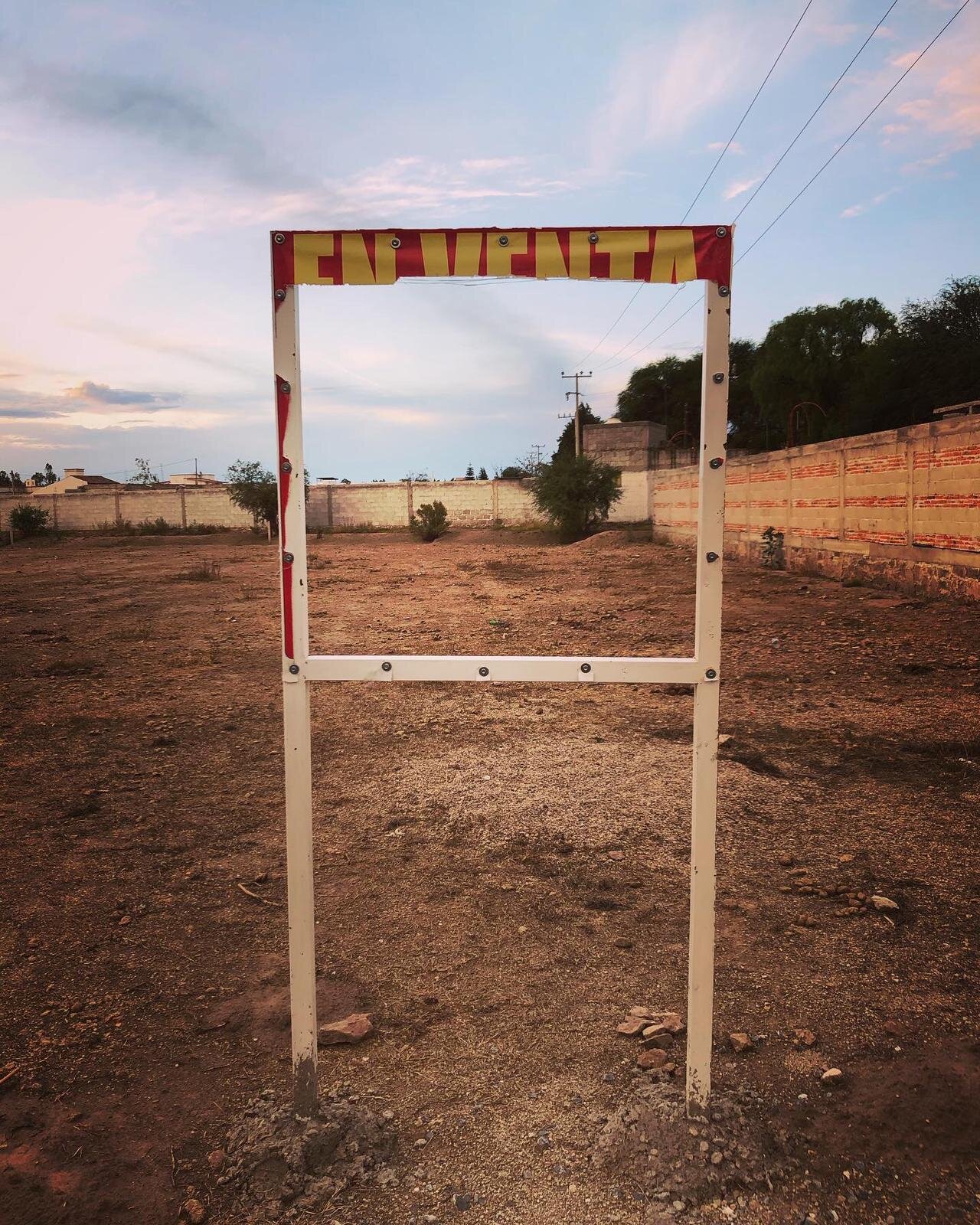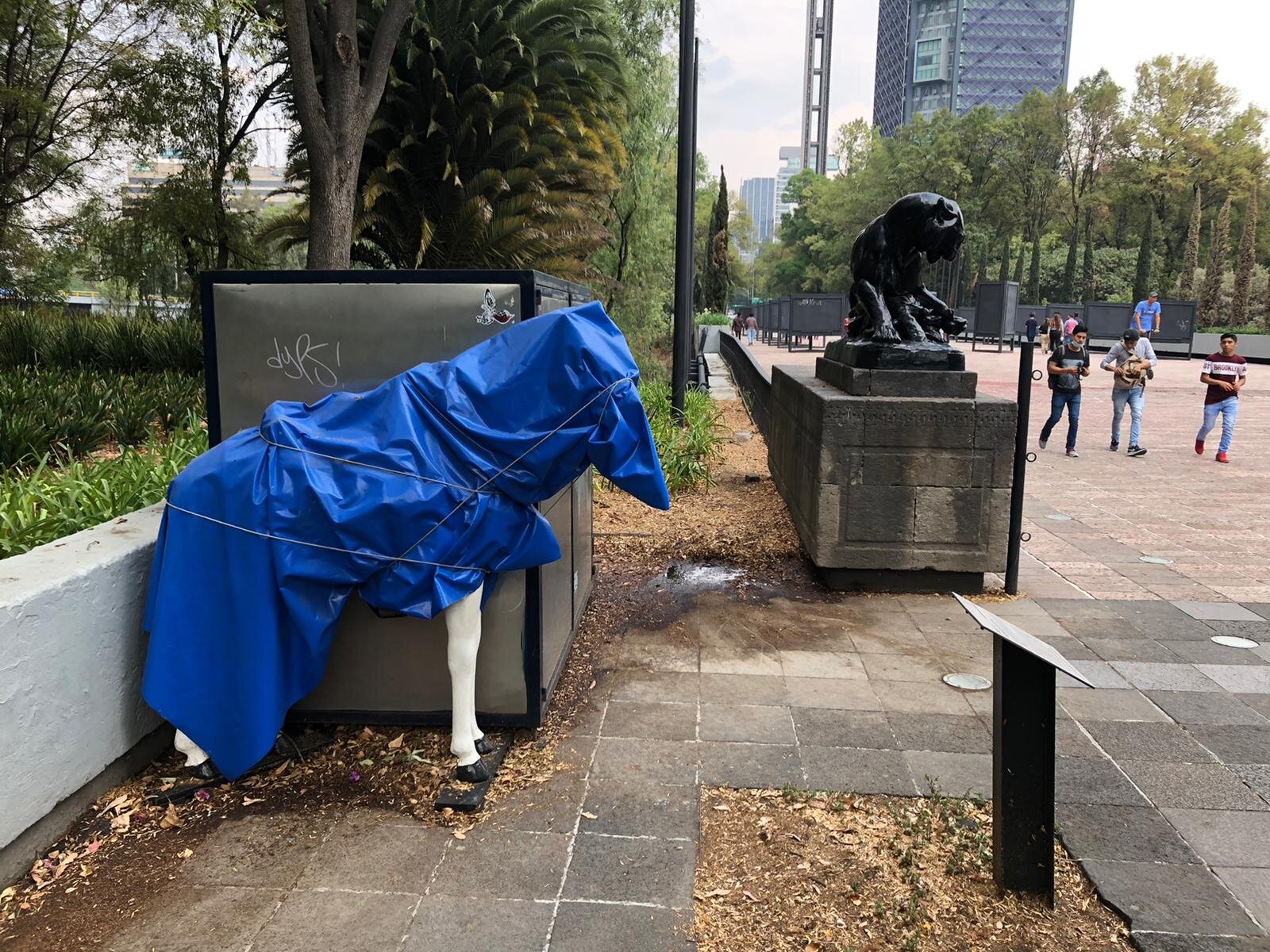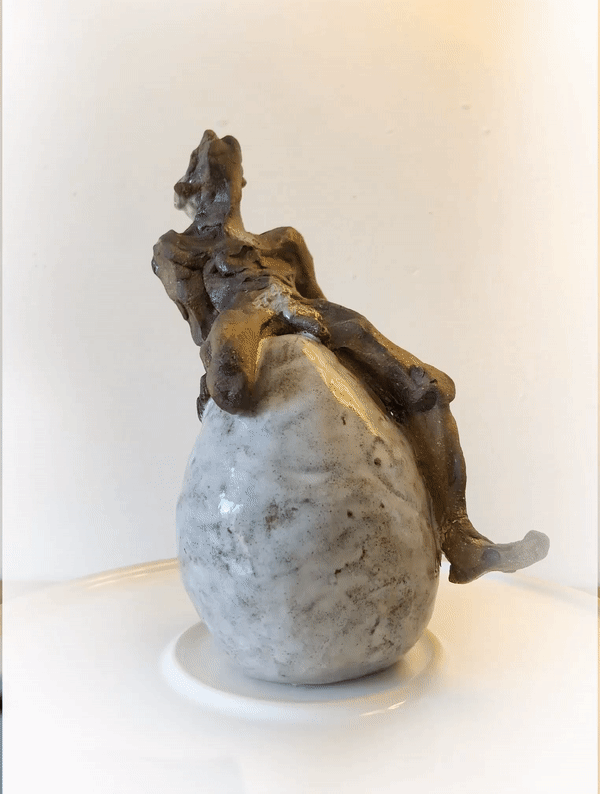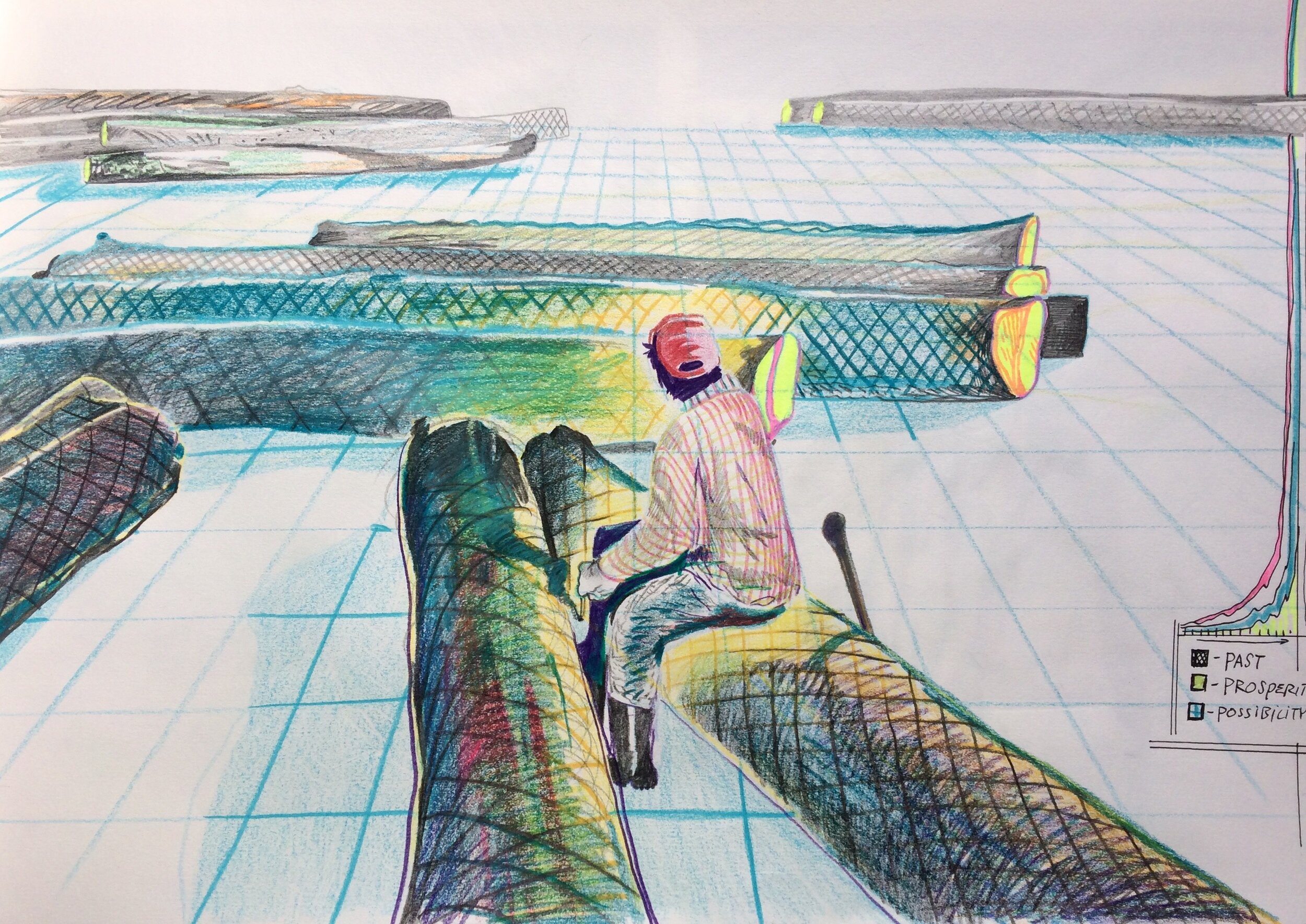My dear and wild grandpa Rolf Baron died late 2021, which left me devastated. He was a very sociable yet impossibly stubborn man, who lived on a houseboat in Haarlem, the Netherlands. A fire broke out in his livingroom early December 2021, that turned the boat into charcoal. It burned out his lungs. He died soon after in the hospital. Since he was a very energetic man, I wanted to make a honorable monument in his name. He needs a resting place that would honor his way of life. He was very attracted to fresh ideas and was very concerned about climate change during his life. That is why I decided to make him a part of my coral restoration project. I made a statue as a monument to his life, and collaborated with REEFolution to place the work in the ocean, in Kenya. The sculpture will attract new coral and other marine life.
During the later stages of his life he wanted to take one more trip (as he was very adventurous), and I hope this installation honors his last dream.
REEFolution’s coral garden in Kenya with my Grandpa’s monument installed in the yellow ceramic piece
To tell you more about the amazing work REEFolution does, I chose to interview two of the employees. I was in contact with Ewout and Dzivula since they have hands-on and theoretical experience.
The Dutch Ewout Knoester in his natural habitat
Hi Ewout! Can you introduce yourself, who are you?
I’m a marine ecologist working for Wageningen University (NL), performing research to improve coral reef restoration techniques in southern Kenya at a restoration project of REEFolution. This means that I’m diving on a daily basis to monitor restored reefs and guide students and restoration practitioners (Reef Rangers) with their fieldwork.
What is REEFolution exactly?
REEFolution is an NGO that aims to preserve coral reefs by collaborating with the people who directly depend on them. A key activity is to empower people to perform reef restoration activities themselves, and other aspects include support for education, research, and alternative livelihoods (besides fishing).
Can you describe the current coral garden?
At the moment we have a yearly production of over 15000 coral fragments, which are outplanted on a weekly basis on our artificial reefs. Roughly 2000 artificial reef units have been placed so far along a stretch of 2 km along the coastline of Wasini Island. These artificial reefs have different shapes and sizes and quite a diversity of marine life have made their homes in and around them.
How can my sculpture be better as a home for fish and corals? Is there a way to make them more inviting to organisms?
For the recruitment of corals, fine-scale complexities and irregularities are ideal. Coral larvae typically settle in slightly shaded spots (less competition with other organisms such as sponges or algae) and in between small crevices (to prevent being scraped away by fish such as parrotfish). Adding such textures to the sculpture would thus likely help to attract even more coral recruits. For fish, structural complexity and a mix of different-sized hiding spots for different species are important. A single sculpture is unlikely to provide this all, but a combination of different sculptures could work, just like the different corals on the reef.
The amazing Dzivula Gube installing Rolf’s monument
Hi Dzivula! Can you introduce yourself, who are you?
My name is Dzivula Gube, a reef ranger at Reefolution Kenya, and I’m the REEFolution social media admin.
Why is the work of REEFolution important?
The work of REEFolution is crucial for several reasons. Coral reefs are vital marine ecosystems that support an incredibly diverse range of marine life. They provide habitat and protection for numerous marine species, support local economies through tourism and fishing, and act as natural barriers against coastal erosion and storm surges. Unfortunately, coral reefs face numerous threats, including climate change, pollution, and overfishing. Our efforts in reef restoration and conservation help mitigate these threats and preserve these valuable ecosystems for future generations.
Where is it located, and what is the (bay) area like?
Our coral garden is the underwater site where we have implemented our reef restoration efforts. It consists of different artificial reef structures, such as domes, cages, bottle reefs, cakes, Moses reefs etc, which serve as a substrate for coral growth. These structures provide a suitable environment for corals to attach and thrive, fostering the growth of a diverse and healthy coral community.
What is your favorite fish / coral?
As a Reef Ranger, I don't have personal favorites. However, I can say that all corals and fish are equally important to me, and together with my fellow reef rangers, we are committed to conserving the entire ecosystem.
Do you think art can help to protect ecosystems?
Yes! Art has the power to inspire and raise awareness about environmental issues, including the importance of protecting ecosystems like coral reefs. Artistic installations and initiatives can capture people's attention, evoke emotions, and encourage them to take action to protect the environment.
Do you think corals will attach and grow on my ceramic sculpture?
Yes, corals can attach and grow on ceramic sculptures. Just like the bottle reefs.
Thanks to REEFolution to help me realise this dream, and thanks to everyone that participated in the placement and contruction. For more information on the great work of REEFolution, check out their website: https://reefolution.org/













